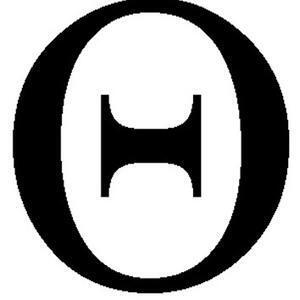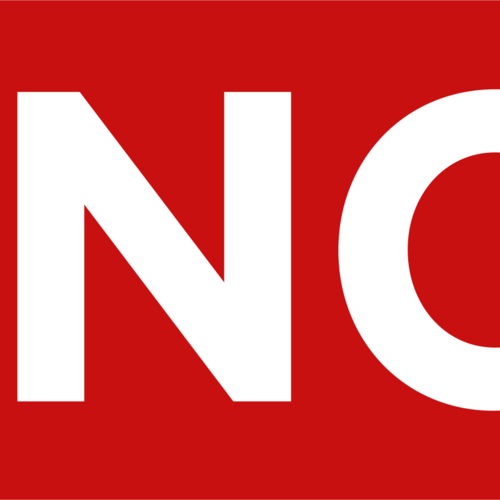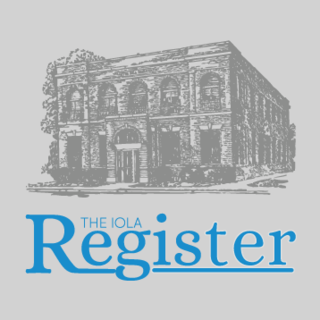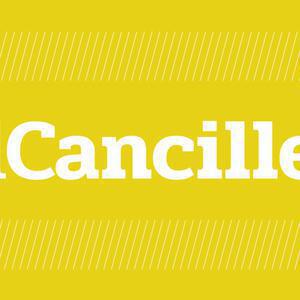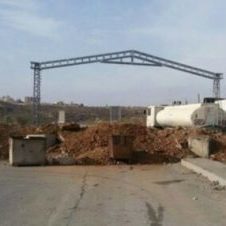Buses carrying Palestinian captives left a prison in the West Bank on Thursday, Jan. 30, after an initial delay in their release by the Israeli government. The buses traveled toward the city of Ramallah, where relatives awaited their return.
What does the exchange entail?
Israel agreed to release 110 Palestinian prisoners in exchange for Hamas to free Israeli hostages held in Gaza.
It was the third round of exchanges since a ceasefire between the two sides was reached two weeks ago.
Why did Israel delay the prisoner release?
Prime Minister Benjamin Netanyahu put the release on hold to demand the safe exit of Israeli hostages going forward.
Later, Netanyahu said he received that commitment and Israeli media reported the Palestinian releases would continue.
Who are the key figures?
Hamas released more than a half-dozen hostages Thursday morning, including 20-year-old Agam Berger, a female Israeli soldier, in northern Gaza.
Hours later, hundreds of militants from Hamas and thousands of watchers gathered in the city of Khan Younis to witness the release of Arbel Yehoud, 80-year-old Gadi Moses and five Thai laborers.
Yehoud was at the center of a dispute earlier in the week over the order in which the hostages would be released. Netanyahu called on international mediators to ensure the safety of hostages in future releases.
What happens next?
The ceasefire between Hamas and Israel is still in phase one, which calls for Hamas to release 33 Israeli hostages in exchange for nearly 2,000 Palestinian prisoners.
Israeli forces pulled back from most of Gaza, allowing thousands of people to return to what was left of their homes.
Israel and Hamas must still negotiate the second phase, which calls for the terror group to release the remaining Israeli hostages. The ceasefire would then continue.














































